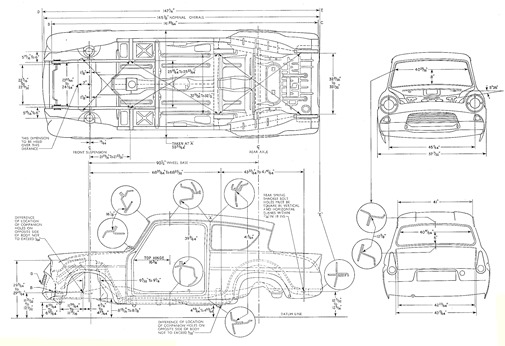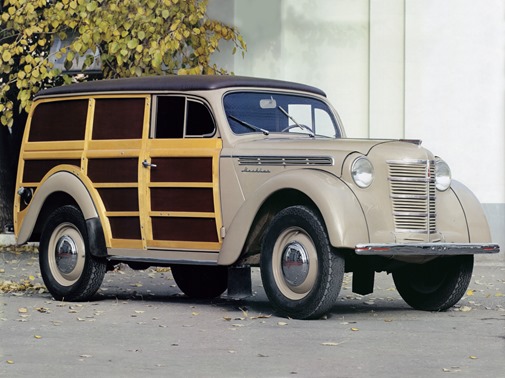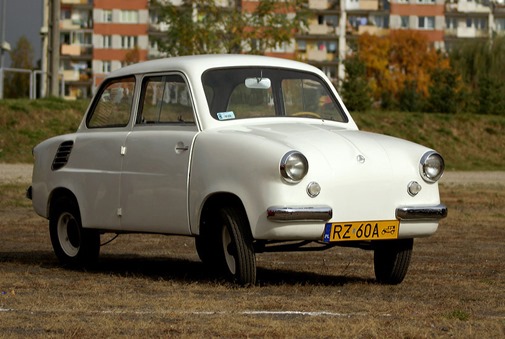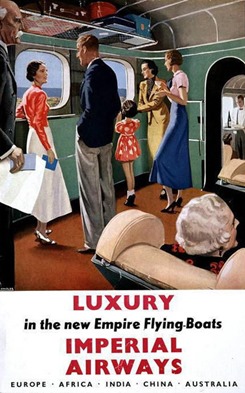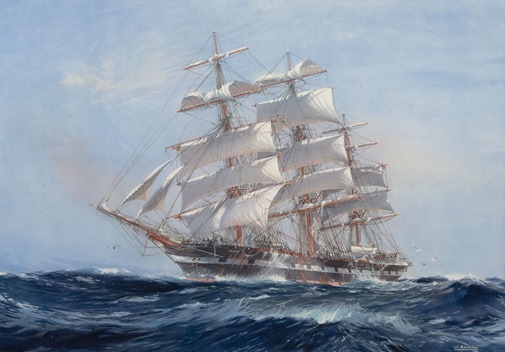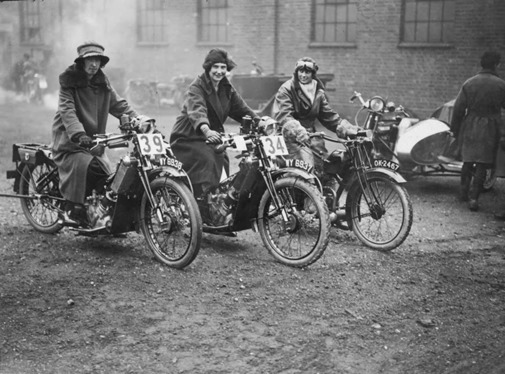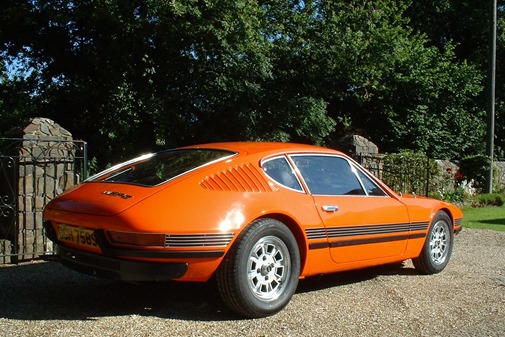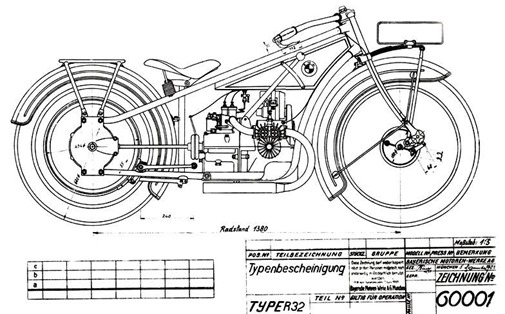 Back in 2013 I posted a series of posts based on the 1930 edition of Ward Lock & Co’s “ Illustrated Guide Book to London”. For those who have followed this blog for a while it should come as no surprise that I also have in my possession the 1910 edition of Ward Lock & Co’s illustrated guide book for the same city. And just for the record, I have the 1948 and 1956 editions too.
Back in 2013 I posted a series of posts based on the 1930 edition of Ward Lock & Co’s “ Illustrated Guide Book to London”. For those who have followed this blog for a while it should come as no surprise that I also have in my possession the 1910 edition of Ward Lock & Co’s illustrated guide book for the same city. And just for the record, I have the 1948 and 1956 editions too.
This will be the first post based on the 1910 edition which is surprisingly enough more richly illustrated than the one from 1930. And we start of course with the introduction and work our way through the most interesting parts of the book – Ted
Hotels & Tariffs
Notwithstanding the enormous increase during the last few years in the number and capacity of London hotels, the resources of the metropolis are in summer severely taxed by the ever-increasing army of visitors from the Continent, the Colonies, and the provinces. London, long supreme in size and commercial importance, has within the last decade or so confounded her detractors by proving herself easily first as a pleasure resort also.
It may be doubted whether all the holiday places of the South Coast together have within the year so many visitors as the dull town whose own inhabitants are so eager to get away from her. The visitor who is Wise will-particularly in August and September-endeavour to make his arrangements for accommodation before arrival. An enquiry addressed to any of the establishments named in the following list will bring full particulars and save possible disappointment.
The tariffs have been obtained directly from the proprietors, but we can accept no responsibility for their accuracy. Prices are, moreover, liable to fluctuate according to season. Travellers who only wish to spend a night or two in London will perhaps find the Railway Hotels adjoining the various terminals convenient :–
Private and Temperance Hotels and Boarding Houses.
Private Hotels are those not licensed for the sale of Wine, spirits, or beer. Boarding Houses are principally to be found in the Bloomsbury quarter, but there are many others in the attractive outer suburbs, such as Hampstead, Bayswater, Dulwich, etc.

Good “board and lodging” is offered by these establishments at from 3 5.9. to 55s. a week. For private apartments the average charge in Bloomsbury may be taken at about 21 s. a room per week, or in West End streets off Piccadilly double that figure. Advertisements of furnished apartments and lodging-houses will be found in the daily newspapers.
Restaurants
Recent years have witnessed a remarkable change in the habits of London society, and public restaurants are used for many luncheon, dinner and supper parties that would formerly have been given at home. The fastidious diner-out may glean some interesting and profitable information concerning London restaurants from Lieut.-Colonel Newnham-Davis’s “Dínners and Diners”.
The hard-set traveller who tries on arrival the restaurants of Messrs. J. Lyons and Co., Ltd., or Messrs. Spiers and Pond at the chief railway termini is not likely to have cause for complaint. The principal hotels generally either have restaurants attached or are glad to welcome non-residents at the table d’hôte.
The traveller will have no difficulty in finding for himself scores of establishments, providing excellent fare. It may be said of many of the first class
restaurants that they are not so expensive as they look; and humble mortals who are content with a “grill" or other simple dishes, will pay no more than they would have to do elsewhere.

The sightseer who happens to be in the suburbs at the hour of the midday or evening meal must generally consider himself fortunate if he comes across any eating-house other than a coffee-shop or a public-house. The numerous establishments of Slaters’ Ltd., J. Lyons and Co., Ltd., Lipton’s, Ltd., and other similar companies, supply a very fair luncheon or dinner for 1s. 64. to 2s. ; while fare of a lighter kind, including soups, cold meat, etc., can be had at the shops of the Aärated Bread Co., Ltd., J. Lyons and Co., Ltd., and others. Most of these now supply breakfasts also.
Visitors who are making the round of the Museums at South Kensington will find an excellent restaurant and grill-room at the Victoria and Albert Museum, near the entrance from Exhibition Road. There are also restaurants at the Natural History Museum, the British Museum, the Tate Gallery, and other showplaces.
Ladies shopping at any of the large drapery establishments, such as Marshall and Snelgrove’s, Selfridge’s, Swan and Edgar’s, Peter Robinson’s, Harrods’, Shoolbreds’, Gamage’s,or the Stores, will find excellent luncheon and tea-rooms on the premises.
The object of providing these conveniences being to attract and keep customers the fare is always of the best, and the prices are often below those charged outside.
The luncheons (1s. 6d.) and dinners (2s. 6d.) served at some of the foreign restaurants in the neighbourhood of Soho are astonishingly cheap. It is usual in all restaurants to tip the waiter or waitress about Id. per shilling in the bill (ad. per is. in the higher class places). In the establishments of the Aärated Bread Co., Ltd., J. Lyons and Co., Ltd., and some others “ no tips " is the golden rule.

West-End Restaurants
Many restaurants, notably those under foreign management. are open on Sunday afternoon and evening, the usual hours being from 6 to 11 p.m., sometimes also from I to 3 p.m.
City Restaurants.
The City is noted for old-fashioned taverns, and others with old names but ‘new-fashioned’ styles. In some a speciality is made of particular dishes on certain days.
Among City men it is a common practice to adjourn after luncheon for “coffee and smoke," chess, dominoes, etc., to one of the subterranean establishments of Ye Mensa, Ltd., or their competitors.
Tea Rooms
The establishments, already referred to, of the Aärated Broad Co., Ltd., J. Lyons and Co., Ltd., Slaters, Ltd., the Cabins, Ltd., Lipton’s, Ltd., and others are to be found in all the principal West End and City thoroughfares, and seem to increase in number almost weekly.
Cup of tea or coffee, freshly made for each customer, 2d. and 3d. ; roll, or cut bread, and butter, 2d.; cake or pastries, 1d. and 2d. –
Of late many tea rooms of a higher grade, artistically decorated and with waitresses in fancy costume, have sprung up in the West End, notably in and around Bond Street. There are also the well-managed tea rooms connected with the large drapery establishments.
Read Full Post »


